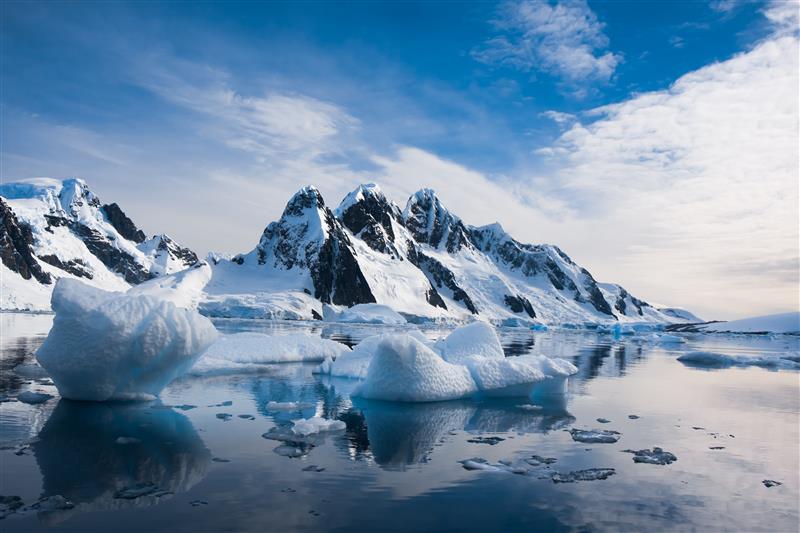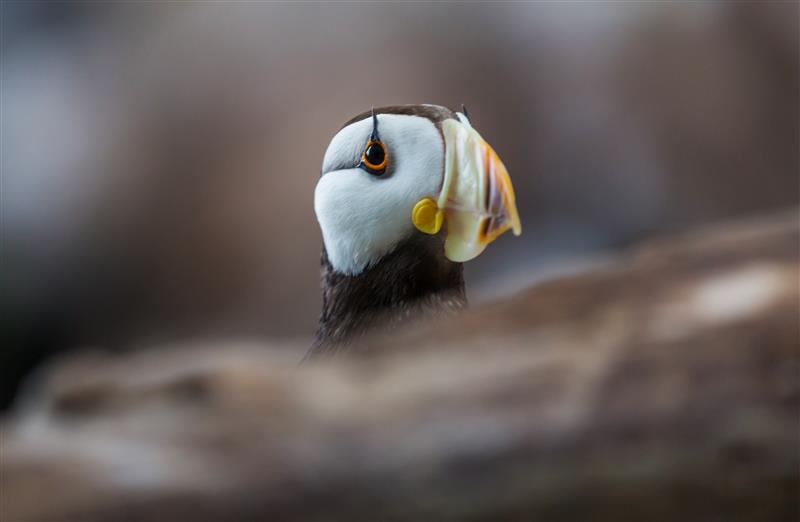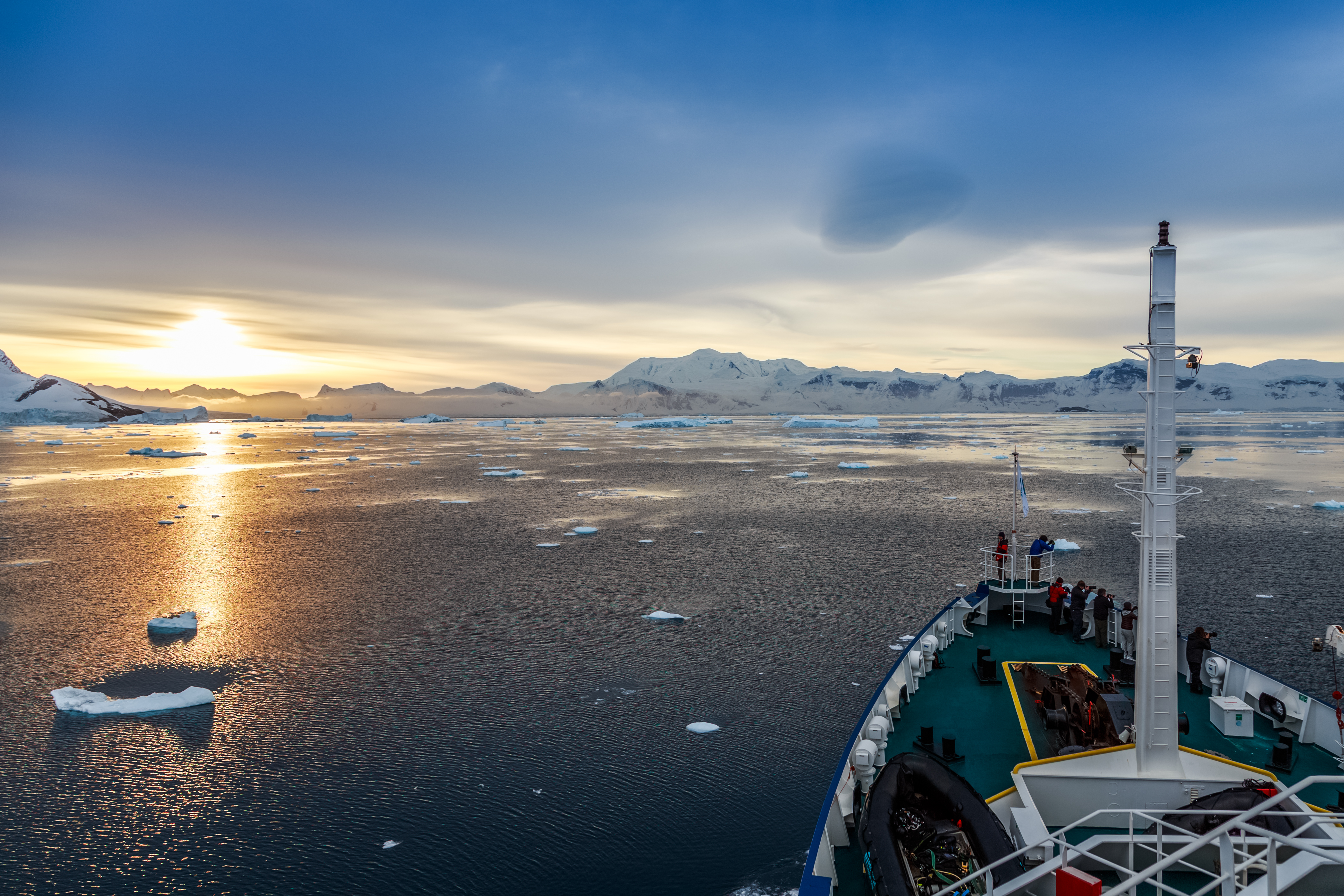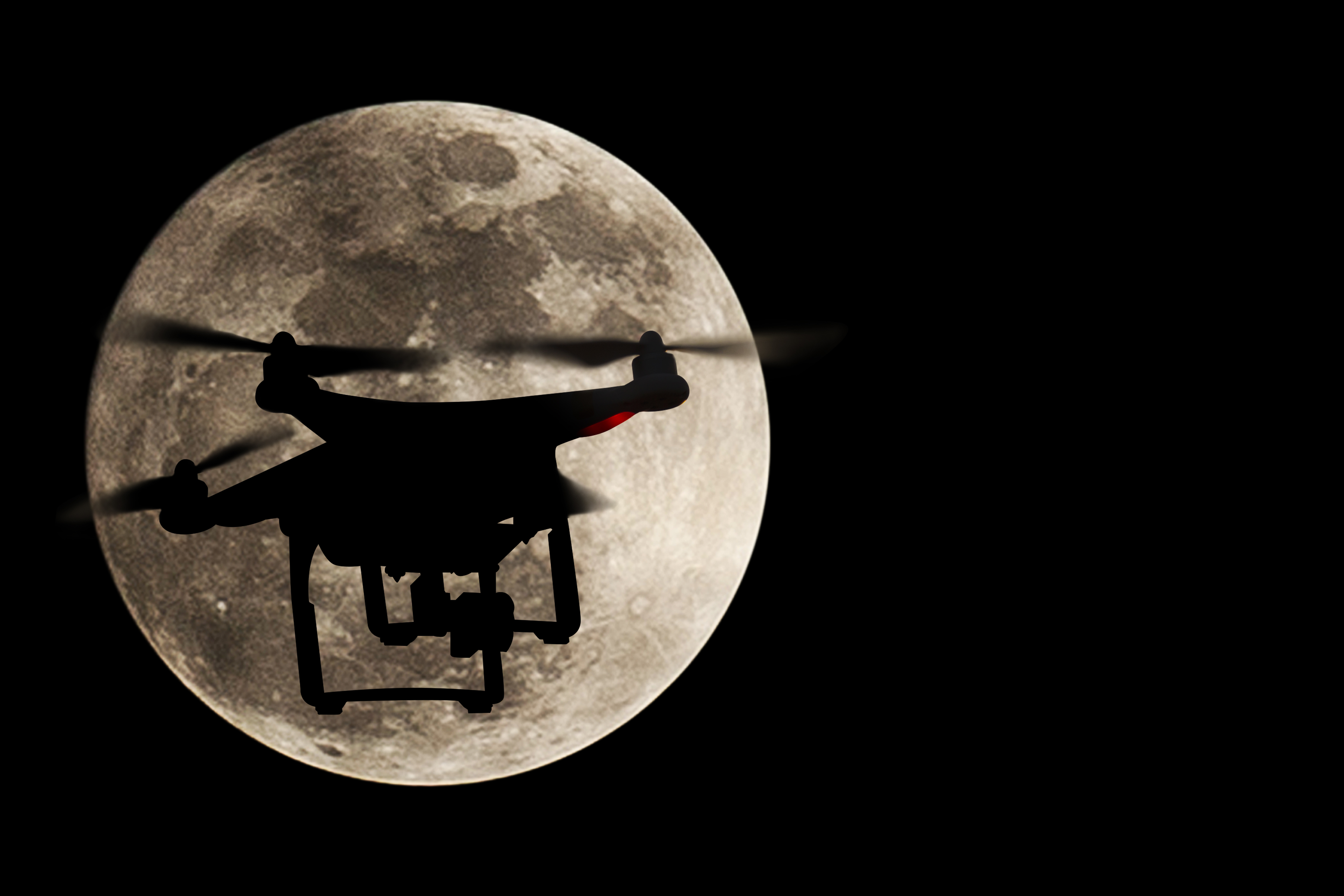Research Artic and Polar - NTNU Ocean and Coast
Research Arctic and Polar
Research Arctic and Polar
Large and rapid changes in climate, biodiversity, and geopolitics require adaptation. By contributing knowledge that enhances understanding, this will form a basis for new solutions in the Arctic, Antarctic, and other regions where ice, snow, and permafrost are important.
Below you can read more about some of our projects.
1) The Changing Arctic Ocean
1) The Changing Arctic Ocean

Read more about The changing Arctic Ocean
Reseach topics - The Changing Arctic Ocean
Reseach topics - The Changing Arctic Ocean
Scope
- Quantify changes in carbon, nutrient, and contaminant fluxes from Arctic rivers, coastal tundra, and degrading permafrost.
- Assess how changes influence the chemical composition and ecological dynamics of Arctic fjord systems.
- dentify the roles of seasonal and extreme events in controlling material and pollutant transport. Develop integrated models linking terrestrial changes to fjord ecosystem responses under future climate scenarios.
Rapid climate warming in the Arctic is driving profound changes to rivers, coastal tundra, and permafrost systems. These shifts alter hydrology, biogeochemical fluxes, and contaminant transport, with downstream impacts on Arctic fjord chemical and ecological systems. Understanding these interlinked processes is essential for predicting ecosystem responses, managing pollutant risks, and safeguarding biodiversity. This team investigates the coupled impacts of changes in Arctic terrestrial costal area on the Arctic fjords—the critical interfaces between terrestrial and marine environments.
Arctic River Chemistry and Flux Monitoring
High-resolution datasets on Arctic river. Continuous and seasonal monitoring of river discharge, dissolved organic matter, nutrients, and trace contaminants from Arctic catchments. Establish long-term datasets to detect trends and variability within river mouth areas.
Permafrost and Coastal Tundra Change Assessment
Increase the knowledge about thaw features, impact of coastal erosion, and soil chemistry changes. Quantify mobilization of stored carbon and legacy pollutants from thawing permafrost.
Fjord System Chemical and Ecological Impacts
Evidence-based understanding of fjord system vulnerability to terrestrial inputs. Sampling of water columns, sediments, and biota in Arctic fjords to assess chemical changes, contaminant bioaccumulation, and shifts in primary production and food web structure. Comparing levels of emerging and legacy contaminants in Arctic coastal environments, with focus on providing risk assessment and policy recommendations for (novel) anthropogenic input from settlements and tourism. Studies of (bio)accumulation and persistence under present and changing climate scenarios.
Integrated Data Synthesis and Modelling
Combine field observations, remote sensing, and experimental results into coupled hydrological-biogeochemical-ecological models. Use modelling to project future impacts and identify mitigation priorities.
2) Abrupt changes and Arctic resilience
2) Abrupt changes and Arctic resilience

3) Human impact and sustainable use
3) Human impact and sustainable use

4) Advances in observation and modelling
4) Advances in observation and modelling

4) Advances in observation and modelling COLOURBOX22939592.jpg
Reseach topics - Advances in observation and modelling
Reseach topics - Advances in observation and modelling
Scope
The latest advances in technology offer powerful new ways to observe and predict the ocean environment. Vast amounts of data are now collected from satellites, research cruises, and autonomous platforms operating in space, air, on the sea surface, and underwater.
However, their integration into modelling and prediction systems remains limited, and holistic approaches that combine data across disciplines are rare. In addition, large parts of the Arctic Ocean remain unobserved, and novel observation technologies and models are needed to fill these gaps.
The latest hardware and software solutions, including GPU technologies and Artificial Intelligence (AI) methods, offer new tools to assist the development of next-generation autonomous platforms and sensors, to advance our monitoring and predictive capabilities, and to efficiently integrate data for science and decision-making.
Ultimately, bridging research to operations will enhance system understanding and facilitate marine digital twin solutions for user-specific applications.
We have so far only witnessed the early start of an era where digitalization, artificial intelligence (AI), and robotics substantially contribute to our society: The next opportunities and research challenges lie in embodied artificial intelligence.
Embodied AI is AI that controls something physical, like a robot arm or an autonomous vehicle. It is able to move through the world and affect a physical environment with its actions. This opens a new era of opportunities.
Such embodied AI needs to become resilient and field-hardened. One of the goals is to make optimal use of make optimal use of emerging technologies, numerical models, ML methods, and data assimilation techniques to fill observational gaps and enhance our ability to predict and understand interconnected physical, biogeochemical, biological, and societal processes in the rapidly changing Arctic Ocean.
Modular and Interoperable Observation Systems
To develop modular and interoperable sensor platforms that function autonomously in Arctic conditions, and to allow for advanced algorithms to seamlessly integrate data ranging from remote sensing to in situ data. The data should be ready to be analyzed and fed to models for calibration or assimilation.
A hierarchical numerical model framework for global model downscaling
To develop a hierarchical and flexible downscaling framework that translates global climate model outputs into regional and relevant high-resolution information.
ML-based prediction and downscaling systems
Design AI models that integrate data from multiple sources to downscale climate scenarios and enhance the predictive capabilities of Arctic environmental forecasting systems.
User-centered Arctic decision support systems – Digital Twins
To engage with stakeholders in a co-development process of Marine DTs for the Arctic Ocean that serve as holistic and interactive decision-support tools by integrating real-time and historical multi-source data for Arctic environmental management.
